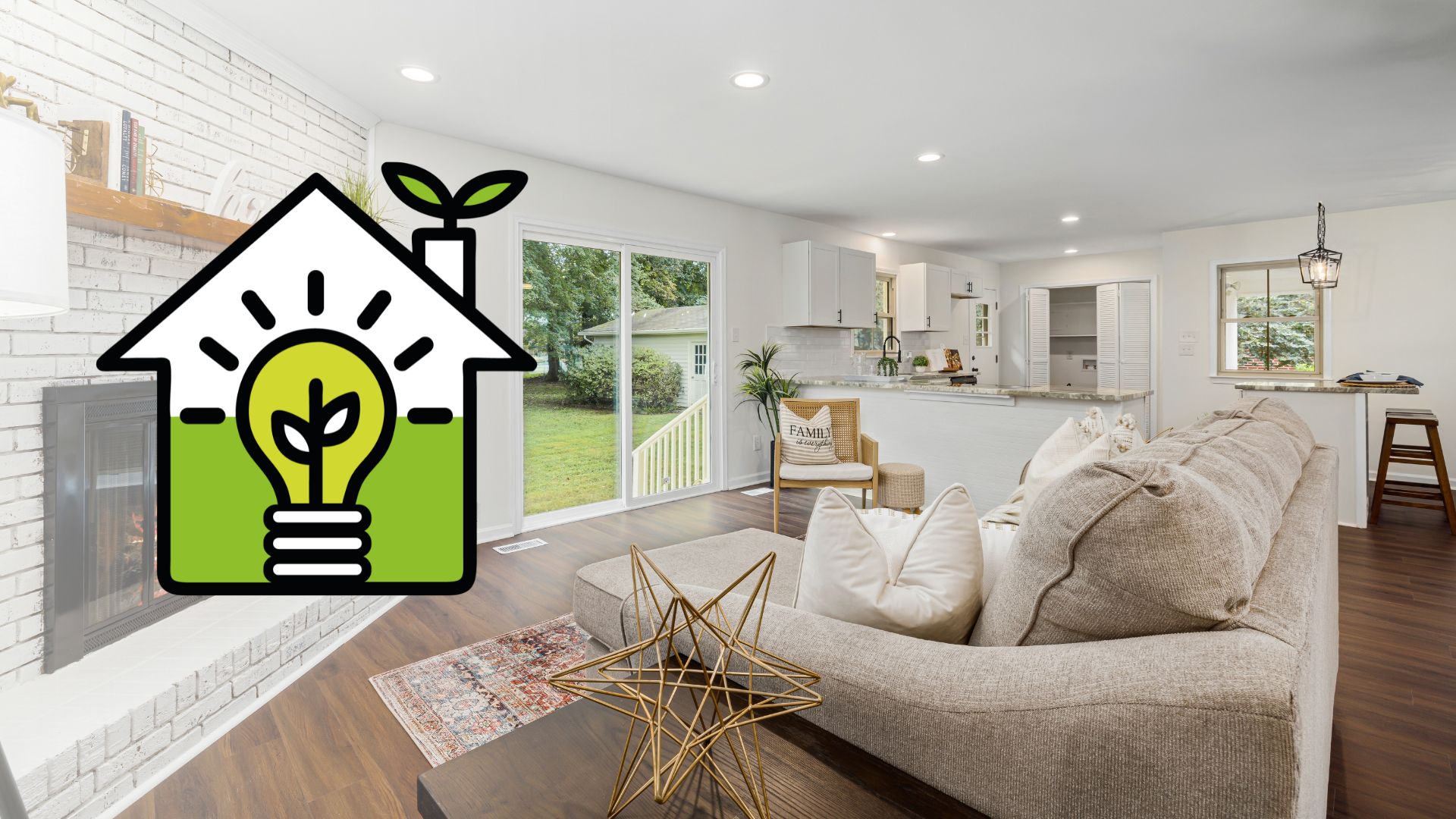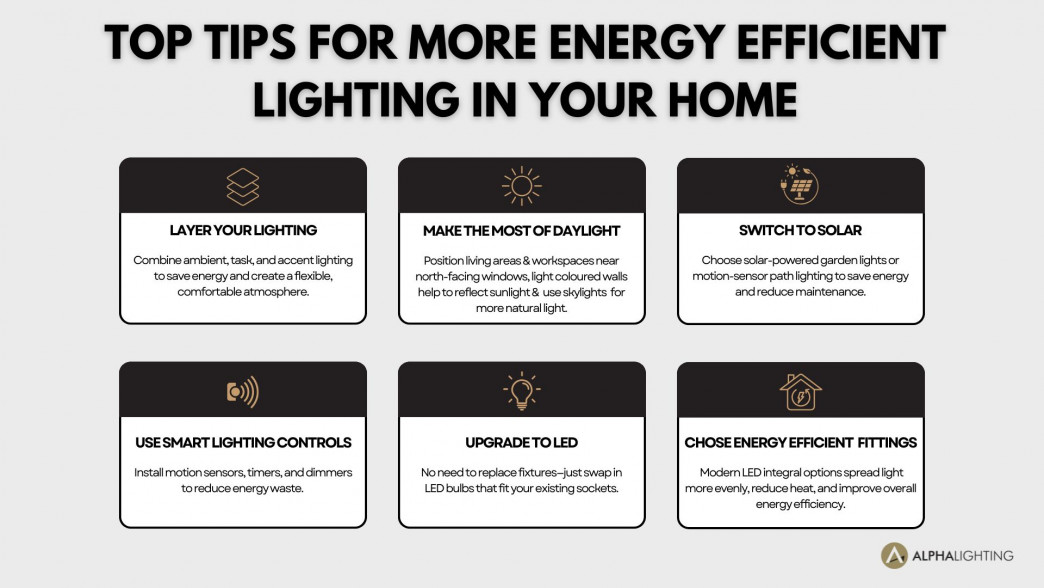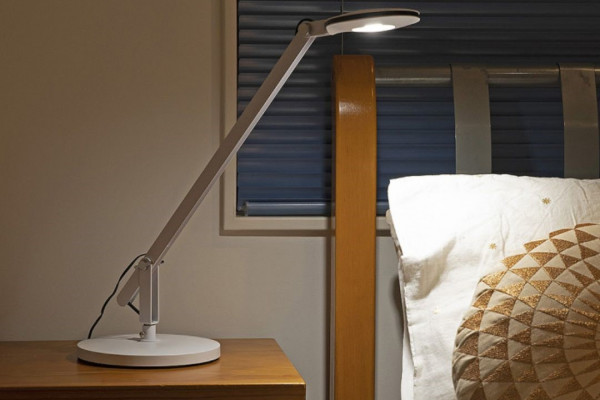How To Make Your Home More Energy Efficient With Lighting

In today's world of rising energy costs and growing environmental awareness, making your home more energy efficient isn't just a smart idea - it's a necessary step toward a more sustainable future. One of the easiest and most effective ways to improve your home’s energy efficiency is by rethinking your lighting choices.
Whether you're looking to cut back on monthly power bills or reduce your carbon footprint, energy-efficient lighting is a simple switch that can make a big difference.
So, let’s shine a light on how to create a more energy efficient home through lighting...
Top Tips for Energy-Efficient Lighting in New Zealand Homes
Lighting design can have a huge impact on both your power usage and your comfort at home. Making small adjustments to your lighting setup can have lasting benefits, both for your energy bills and the overall feel of your space. Here are some practical ways to upgrade your lighting to be more energy-efficient.

1. Layer Your Lighting
By using a combination of ambient, task, and accent lighting, you can ensure you're only lighting the areas that truly need it. For example, ceiling lights and downlights work well for general illumination in living spaces, while floor or desk lamps are better suited for work areas like home offices or reading corners. Spotlights or strip lights can help highlight artwork, shelves, or other key features of a room. Layering lighting not only saves energy, but it also helps create a more flexible, comfortable atmosphere in your home.

2. Make the Most of Daylight
Natural light is a free resource, and optimising its use in your home can significantly reduce the need for artificial lighting during the day. Try positioning your living areas and workspaces near north-facing windows, which receive sunlight throughout most of the day in New Zealand. You can also use light coloured walls to help reflect natural light into the space, making rooms feel brighter. If possible, install skylights or solar tubes to bring even more daylight into darker rooms. The more daylight you use, the less artificial lighting you'll need.

3. Switch to Solar-Powered Outdoor Lights
Outdoor lighting can quietly drain energy if not used efficiently. Opting for solar powered garden lights like our Fern Garden Bollard, solar security lights like our NOX floodlights, or motion-sensor path lighting can save both power and maintenance time. These lights are powered entirely by the sun, which means no ongoing electricity costs and minimal upkeep - perfect for New Zealand’s sunny climate. They can also help reduce light pollution while providing practical, eco-friendly lighting for your garden or driveway.

4. Use Smart Lighting Controls
Installing smart lighting controls like our smart control switch can help reduce energy waste by ensuring that lights are used only when and where they’re needed. For example, motion sensors in bathrooms, hallways, or closets automatically turn lights on when you enter and off when you leave, preventing energy waste. Outdoor lights can be controlled with timers, motion sensors or dusk to dawn sensors to turn on only after dark - or when people are sensed - and dimmers allow you to adjust the brightness based on the time of day or your needs. Smart bulbs controlled by smartphone apps or voice assistants like Google Home or Alexa are a great way to manage your lighting remotely, especially if you tend to forget to switch off the lights before leaving the house.

5. Upgrade Existing Fittings with LED Bulbs
You don’t need to replace every light fixture in your home to achieve energy savings. Many older fixtures can simply be re-lamped with LED alternatives. Look for retrofit LED bulbs that are compatible with standard fittings like bayonet (B22) or screw (E27) sockets. When choosing LEDs, pay attention to the lumens (brightness - read more about lumens here), not just the watts. LED technology provides much higher brightness for lower power consumption, so it’s a great way to increase energy efficiency without compromising on light quality.

6. Consider LED Integral Fixtures
While upgrading your bulbs, it’s also a good idea to assess the lighting fixtures in your home. Modern LED fixtures are designed to work seamlessly with the internal LED technology housed within them. Because the LEDs are built into the design, these fittings often include advanced optics and heat management, which helps to spread light more evenly across a space - possibly reducing the need for multiple fixtures. With fewer components and longer life spans, integrated LEDs also require less maintenance and offer a sleeker, more modern look in both residential and commercial applications.

The Bottom Line
Small changes to your lighting setup can make a big impact on your home’s energy use. With smart planning and the right products, you can lower your electricity bills, reduce your environmental impact, and enjoy a brighter, more comfortable home.
Related Products & Resources:
You can find our full range of Bulb options here. Or check out our popular new range of Freelite Solar Lighting here.
Need help choosing the right bulb or fitting? Contact our team for expert advice on energy-efficient lighting solutions that suit your home and lifestyle.
